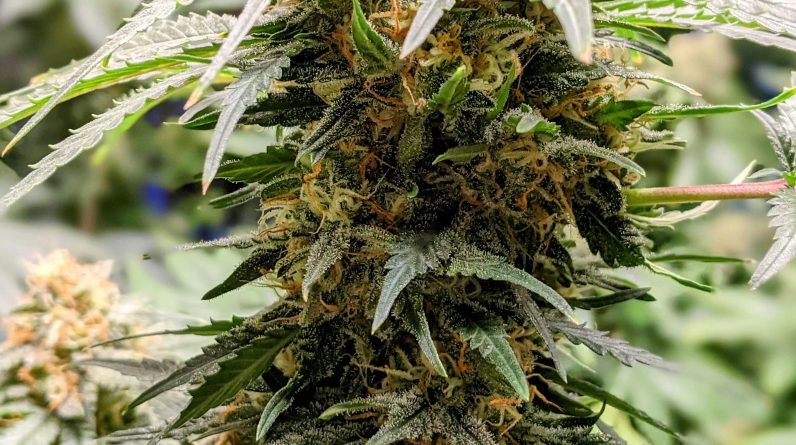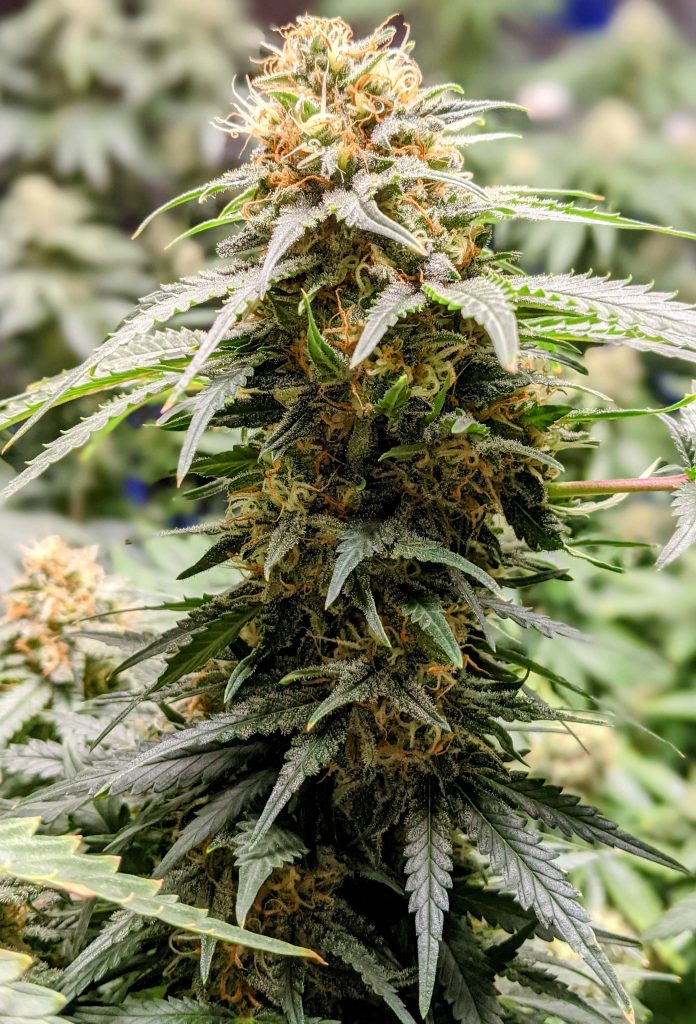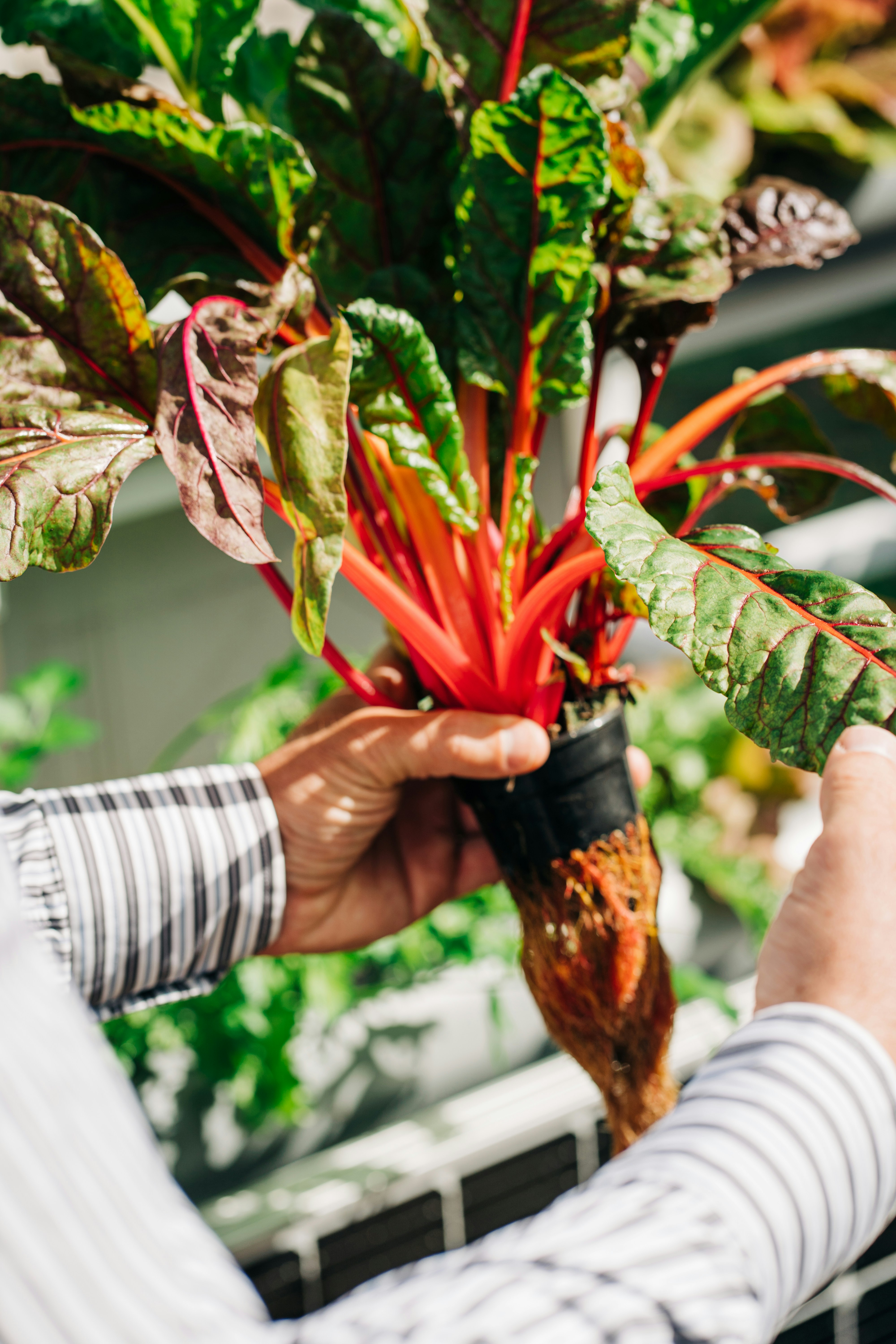
Are you looking for a more efficient and sustainable way to grow your own fresh vegetables? Look no further than hydroponic vegetable gardening! By providing plants with a nutrient-rich solution directly to their roots, hydroponic systems can help you maximize yields and grow healthier plants. Not only does this method use up to 90% less water than traditional soil gardening, but it also allows for year-round cultivation regardless of the weather. Say goodbye to soil-borne diseases and pests, and hello to fresh, nutritious crops all year long with hydroponic vegetable gardening! Have you ever considered growing your vegetables hydroponically? Hydroponic vegetable gardening offers numerous advantages, allowing you to maximize yields and grow fresh, nutritious crops regardless of space or climate constraints. In this article, we will guide you through the process of setting up a successful hydroponic vegetable garden and provide tips to help you achieve optimal yields.
Understanding Hydroponic Vegetable Gardening
Hydroponic vegetable gardening involves growing plants without soil, using a nutrient-rich water solution to deliver essential minerals directly to the plant roots. This method allows plants to grow faster and produce higher yields compared to traditional soil gardening. By eliminating the need for soil, hydroponic systems reduce the risk of soil-borne diseases and pests, resulting in healthier plants.
When you choose hydroponic gardening, you are opting for a sustainable and efficient approach to growing vegetables. With proper care and maintenance, you can create a thriving garden that produces fresh, nutritious crops year-round.
Benefits of Hydroponic Vegetable Gardening
Using a hydroponic system to grow vegetables offers several advantages over traditional soil gardening. Here are some key benefits:
- Faster growth and higher yields: Plants grown hydroponically tend to grow faster and produce more vegetables, thanks to the direct delivery of nutrients to their roots. This can result in bountiful harvests in a shorter time frame.
- Water conservation: Hydroponic systems use up to 90% less water than traditional soil gardening, making them an eco-friendly choice for water-conscious gardeners.
- Space efficiency: Hydroponic gardening requires less space than traditional gardens, making it ideal for urban dwellers or those with limited outdoor space.
- Year-round cultivation: With a hydroponic system, you can grow vegetables regardless of the season or weather conditions. This allows you to enjoy fresh produce all year long.
- Reduced risk of pests and diseases: By eliminating soil, hydroponic systems reduce the likelihood of soil-borne diseases and pests affecting your plants. This can result in healthier vegetables with minimal chemical inputs.
Types of Hydroponic Systems
There are several types of hydroponic systems available, each with its unique advantages and challenges. Here are some common types of hydroponic systems for growing vegetables:
-
Deep Water Culture (DWC): In a Deep Water Culture system, plants are suspended in a nutrient solution with their roots submerged. This method provides excellent aeration and nutrient delivery to the roots, promoting fast growth.
-
Nutrient Film Technique (NFT): In an NFT system, a thin film of nutrient solution flows over the plant roots, providing a constant supply of nutrients. This method is ideal for growing leafy greens and herbs.
-
Drip Irrigation System: A drip irrigation system delivers nutrients to the plant roots through a network of tubes and emitters. This method is versatile and suitable for a wide range of crops.
-
Ebb and Flow System: An Ebb and Flow system alternates between flooding the plant roots with nutrient solution and draining it back to the reservoir. This cyclic watering method promotes healthy root growth and oxygenation.
-
Aeroponics: In an Aeroponic system, plant roots are suspended in the air and misted with a nutrient solution. This method allows for maximum oxygenation and nutrient absorption, promoting rapid growth.
Each type of hydroponic system has its unique requirements and benefits. Consider your space, budget, and gardening goals when choosing the right system for your needs.
Setting Up Your Hydroponic Vegetable Garden
Now that you understand the basics of hydroponic vegetable gardening and the different types of systems available, it’s time to set up your own garden. Here’s a step-by-step guide to help you get started:
Step 1: Choose a Suitable Location
Select a location for your hydroponic garden that receives ample sunlight or artificial grow lights. Make sure the area is well-ventilated and free from drafts to create an optimal growing environment for your plants.
Step 2: Select Your Hydroponic System
Based on your space, budget, and gardening goals, choose the type of hydroponic system that best suits your needs. Consider factors such as the number of plants you want to grow, the types of vegetables you want to cultivate, and your level of gardening experience.
Step 3: Gather Supplies
Collect all the necessary supplies and equipment for your hydroponic system, including:
- Containers or growing trays
- Growing medium (such as perlite, coconut coir, or rockwool)
- Nutrient solution
- pH testing kit
- Water pump and tubing
- Grow lights (if growing indoors)
- Seeds or seedlings
Step 4: Set Up Your System
Assemble your hydroponic system according to the manufacturer’s instructions. Ensure that all components are properly connected and functioning correctly before adding plants to the system.
Step 5: Plant Your Vegetables
Plant your vegetable seeds or seedlings in the growing medium of your hydroponic system. Make sure to space them appropriately to allow for proper growth and airflow.
Step 6: Monitor and Maintain Your Garden
Regularly monitor the nutrient levels, pH balance, and water quality in your hydroponic system. Adjust as needed to ensure optimal growth and production. Prune plants, remove dead or diseased foliage, and check for pests regularly to maintain a healthy garden.
Step 7: Harvest Your Crops
Once your vegetables are ready for harvest, carefully pick them to avoid damaging the plants. Enjoy the fruits of your labor by incorporating fresh, homegrown vegetables into your meals.

Tips for Maximizing Yields in Your Hydroponic Garden
To maximize yields in your hydroponic vegetable garden, consider implementing the following tips and strategies:
Provide Adequate Light
Ensure that your plants receive adequate light for healthy growth. If growing indoors, use grow lights to mimic natural sunlight and promote photosynthesis. Position the lights at the correct distance from the plants to prevent burning or stunted growth.
Maintain Proper Nutrient Levels
Regularly monitor the nutrient levels in your hydroponic system and adjust as needed to prevent deficiencies or nutrient imbalances. Use a high-quality nutrient solution designed specifically for hydroponic gardening to promote healthy plant growth.
Monitor pH Levels
Maintain the pH balance of your nutrient solution within the optimal range for vegetable growth (typically between 5.5 and 6.5). Use a pH testing kit to monitor and adjust the pH as needed to prevent nutrient lockout and ensure proper nutrient uptake by the plants.
Prune and Support Plants
Regularly prune your plants to remove dead or diseased foliage, promote airflow, and encourage new growth. Provide support for heavy fruiting plants such as tomatoes or peppers to prevent breakage and promote healthy development.
Prevent Pest Infestations
Monitor your hydroponic garden regularly for signs of pests and diseases. Implement preventive measures such as using insect traps, introducing beneficial insects, or practicing good hygiene to minimize pest infestations and keep your plants healthy.
Harvest Strategically
Harvest your crops at the right time to maximize yields and encourage continuous production. Harvest leafy greens and herbs frequently to promote new growth, and pick fruits when they are ripe to encourage further fruiting.
By following these tips and strategies, you can maximize yields in your hydroponic vegetable garden and enjoy a bountiful harvest of fresh, homegrown produce.

Conclusion
In conclusion, hydroponic vegetable gardening offers a sustainable and efficient way to grow fresh, nutritious crops year-round. By understanding the basics of hydroponic gardening, choosing the right system, and following best practices, you can maximize yields in your garden and enjoy a thriving harvest of homegrown vegetables. Whether you are a novice gardener or an experienced grower, hydroponic vegetable gardening provides a rewarding and enjoyable way to cultivate your own fresh produce. Start your hydroponic garden today and reap the benefits of this innovative gardening method.











